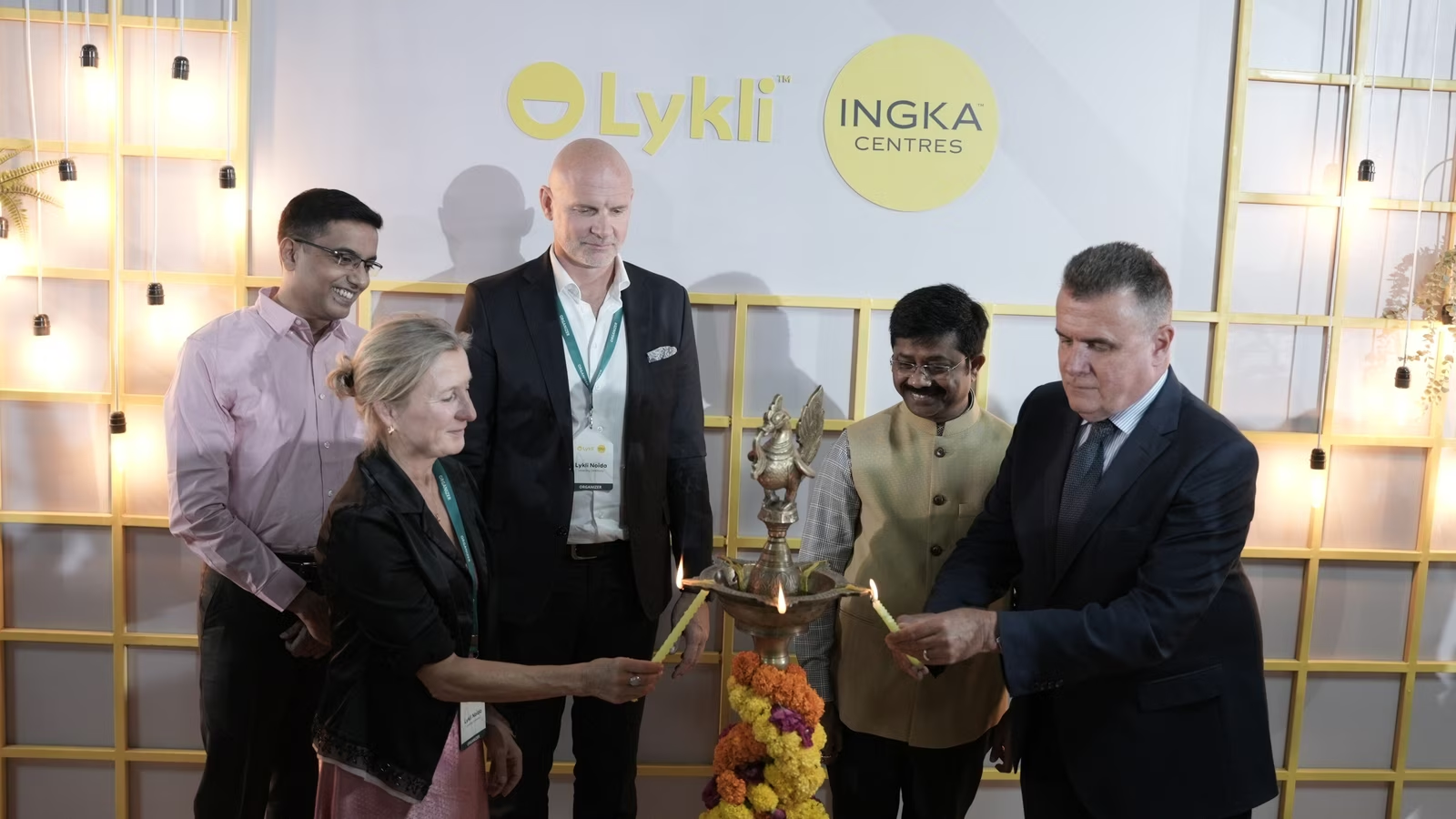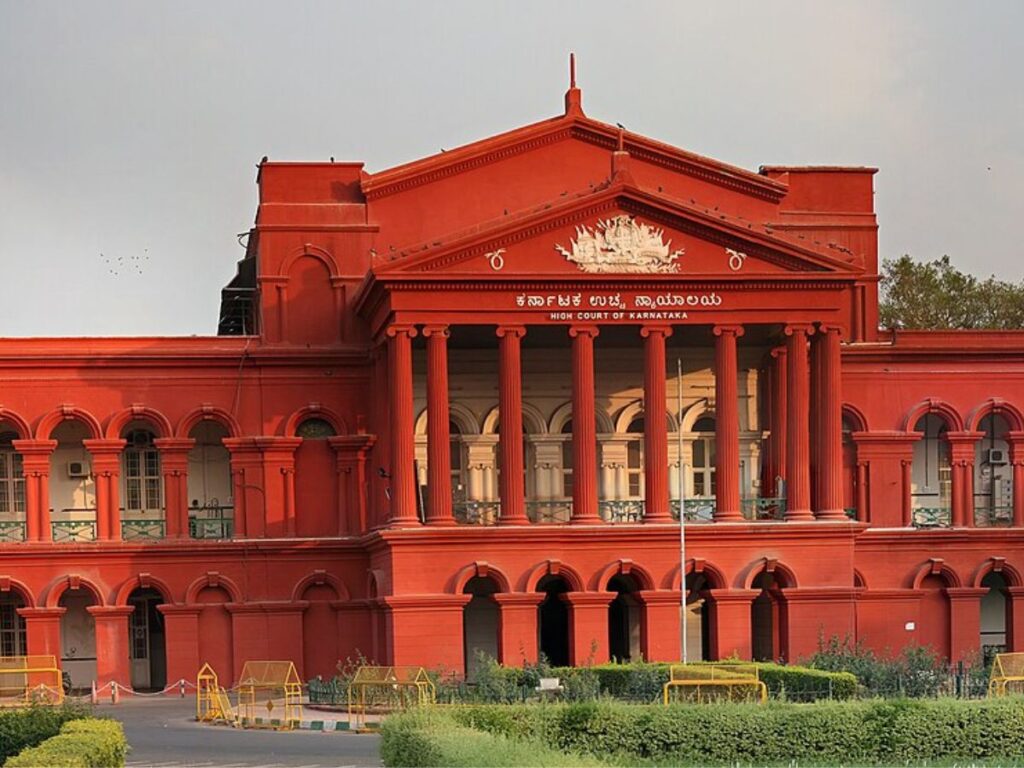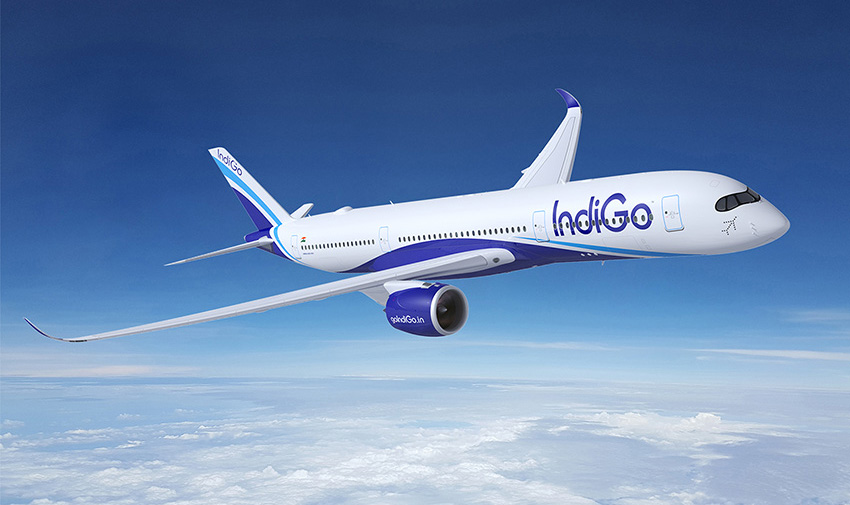Now Reading: India Set for 30-Year Growth Spurt, Says IKEA CEO
-
01
India Set for 30-Year Growth Spurt, Says IKEA CEO
India Set for 30-Year Growth Spurt, Says IKEA CEO

India’s booming economy, combined with a young and expanding consumer base, offers “growth potential over the next 30 years,” according to IKEA India’s CEO, Patrik Antoni. He highlights the demographic dividend, rising household incomes, and increasing aspirations of families across both metros and Tier 2 cities. The Swedish furniture giant is betting big on local sourcing and an omnichannel retail model to capture this opportunity.
The Economic Times reports that IKEA is planning to ramp up local sourcing from 30% to 50% by 2030. Their strategy includes a blend of large-format stores and smaller city outlets, supported by online channels. The first city store in west Delhi has shown encouraging demand, fueling plans for additional formats in Lucknow, Chandigarh and beyond
1. Why India Stands Out
India offers a unique combination: sustained GDP growth and the world’s youngest population. With a median age of about 29 and projected workforce expansion, the country is riding a long-term demographic wave Consumers in smaller cities—Nagpur, Lucknow, Jaipur—now have rising disposable income and lifestyle expectations, aligning well with IKEA’s affordable home solutions.
2. Retail Strategy: Mix of Formats
IKEA has moved into phase two of its India strategy, combining heritage large outlets with agile city stores and robust online offerings. Online currently contributes around 30% of local revenue. This omnichannel model ensures convenience and reach, especially for consumers in Tier 2 cities where traveling to big stores can be cumbersome
3. Boosting Local Sourcing and Exports
India has been a crucial supplier to IKEA’s global operations for nearly five decades. Presently, about 30% of items sold in India are locally sourced. IKEA aims to elevate this to 50% by 2030, empowering domestic producers and integrating them into global supply chains. Alongside retail growth, the company is exploring ways to boost exports, cementing India’s role in its worldwide sourcing network
4. What This Means for Smaller Cities
For Tier 2 cities like Nagpur, Ahmedabad, and Coimbatore, IKEA’s strategy sends strong signals. A balanced mix of accessible storefronts and online options means enhanced consumer choice. Local artisans and farmers stand to benefit from increased demand for crafts, textiles and raw materials. Plus, new stores bring jobs in warehousing, logistics and retail.
5. Broader Economic Implications
IKEA’s growth trajectory in India reflects a wider narrative. The retail sector—accounting for about 10% of India’s GDP—is among the fastest-growing, with foreign players bringing infrastructure, technology and market discipline . A young population, expanding middle class, and digital penetration across smaller towns are transforming consumption patterns.
India must still address supply chain inefficiencies, regulatory barriers, and income inequality to sustain long-term momentum. But experts agree the outlook remains positive, with projected growth rates of 6–8% annually, and the potential to become a global economic heavyweight
Conclusion
IKEA’s confidence in India’s next three decades underscores a larger trend shaping the country’s future. A youthful demographic, rising affluence beyond metros, and a maturing retail market signal opportunity not just for global brands but local entrepreneurs too. As smaller cities evolve into consumer and sourcing hubs, this growth wave has the potential to redefine India’s economic geography.

























